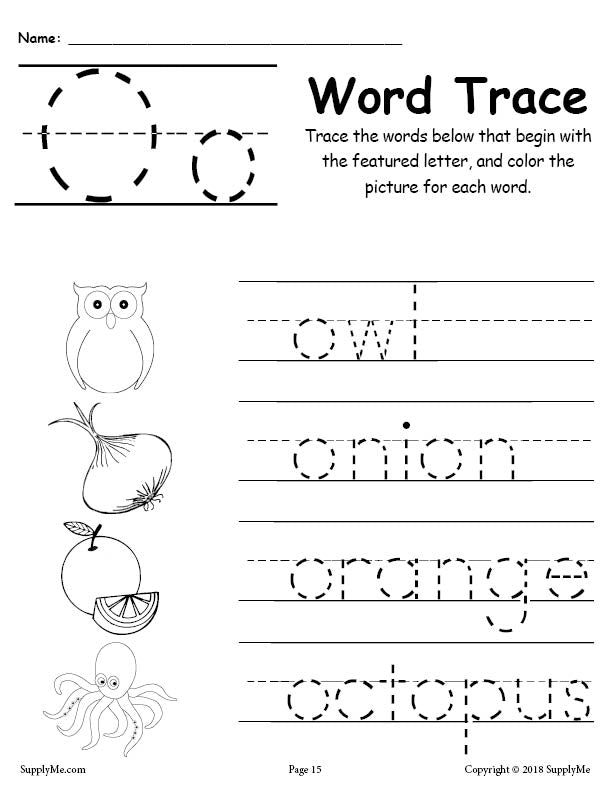


In Russian, O is used word-initially, after another vowel, and after non- palatalized consonants. "many-eyed" variant ( Multiocular O), ꙮ, used in certain manuscripts in spelling of the same root when embedded into word многоочитый 'many-eyed' (an attribute of seraphim)."two-eyed" variants ( Binocular O) with two dots inside (Ꙫ/ꙫ or Ꙭ/ꙭ), also double "O" without dots inside were used in certain manuscripts in spelling of dual/plural forms of the words with the same root 'eye'.In many other texts, including the birchbark letters, the monocular O was not used as a hieroglyph but largely as a synonym of Broad On signalling the word-initial position "eyed" variant ( Monocular O) with a dot inside (Ꙩ/ꙩ), used in certain manuscripts in spelling of word око 'eye' and its derivatives.variant with a cross inside ( Crossed O), Ꚛ, used in certain manuscripts as the initial letter of words окрестъ 'around, nearby' (the root of this Slavonic word, крест, means 'cross') and округъ 'district, neighbourhood' with their derivatives.narrow variant, being used now in Synodal Church Slavonic editions as the first element of digraph Oy/oy (see Uk (Cyrillic) for more details), and in the editions of Old Believers for unstressed "o" as well.broad variant (Ѻ/ѻ), used mostly as a word initial letter (see Broad On for more details).Historical typefaces (like poluustav (semi-uncial), a standard font style for the Church Slavonic typography) and old manuscripts represent several additional glyph variants of Cyrillic O, both for decorative and orthographic (sometimes also "hieroglyphic" ) purposes, namely: In modern-style typefaces, the Cyrillic letter O looks exactly like the Latin letter O ⟨O o⟩ and the Greek letter Omicron ⟨Ο ο⟩.Ĭhurch Slavonic printed fonts and Slavonic manuscripts The Cyrillic letter O was derived from the Greek letter Omicron (Ο ο).

Some old Russian typewriters like this one were manufactured without the digit 0 as the letter O could be used instead.


 0 kommentar(er)
0 kommentar(er)
